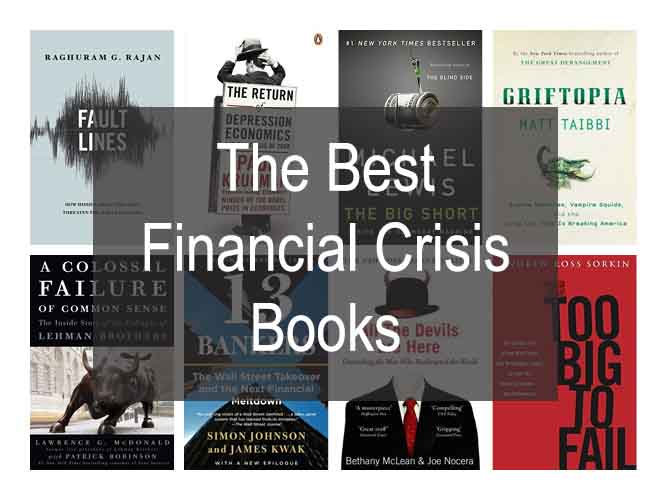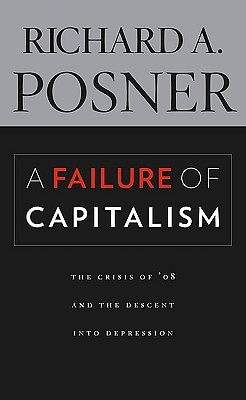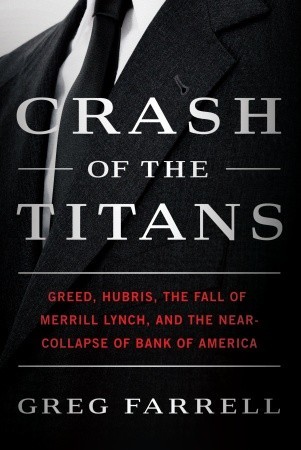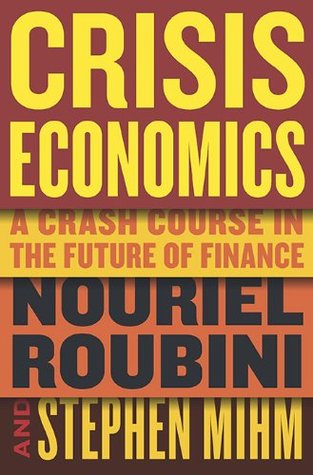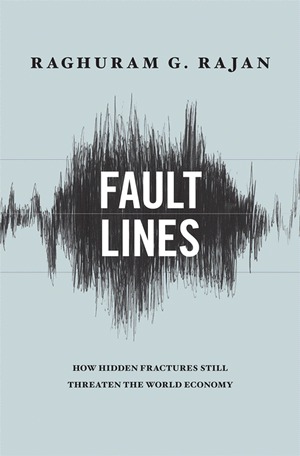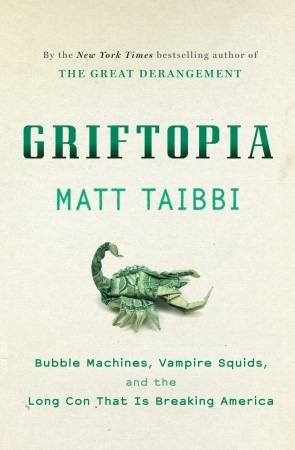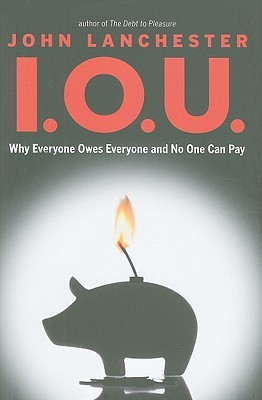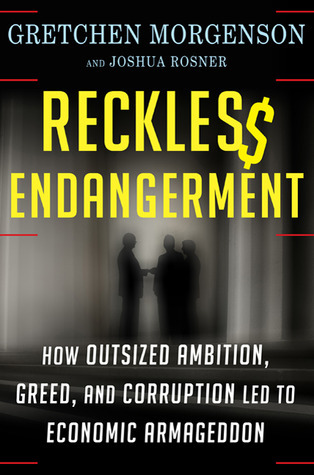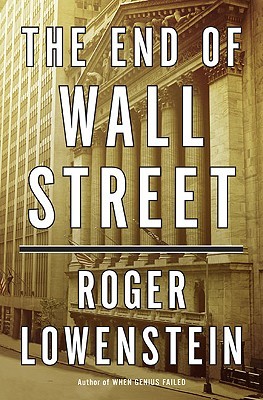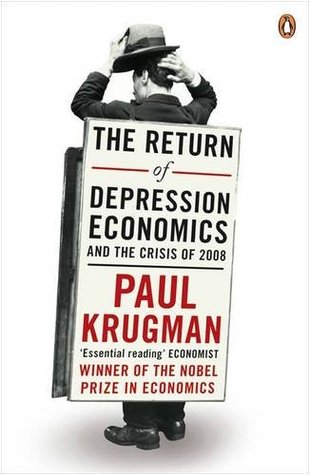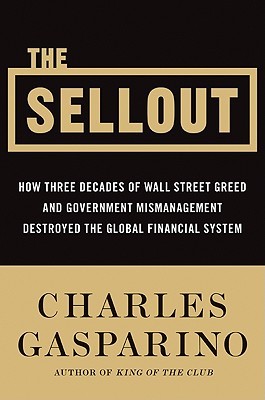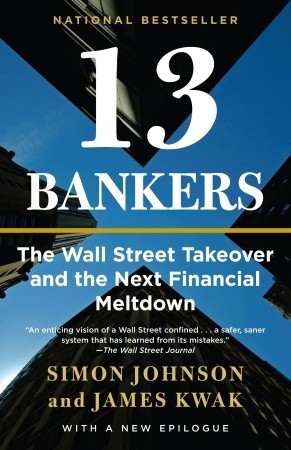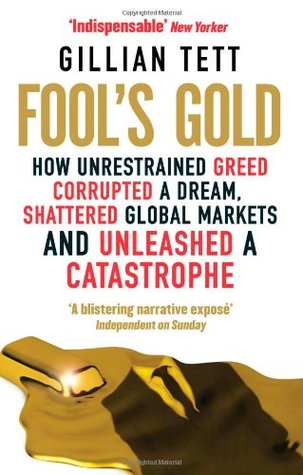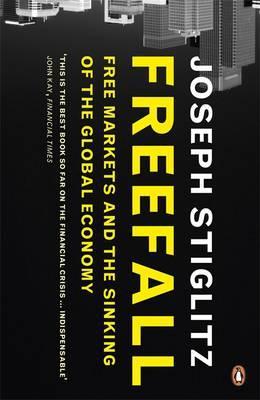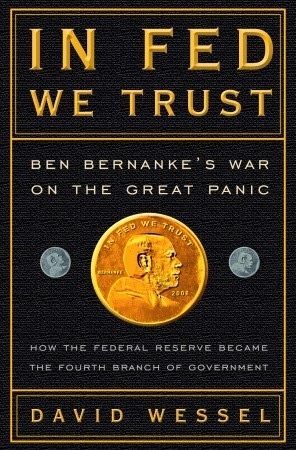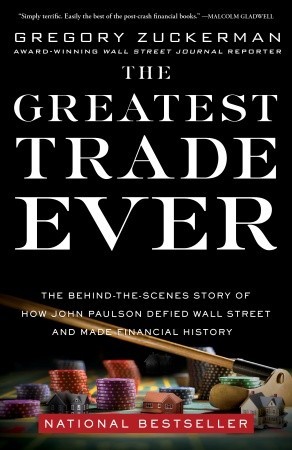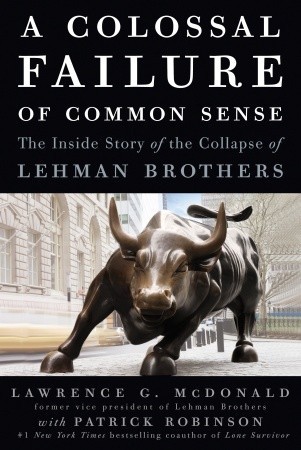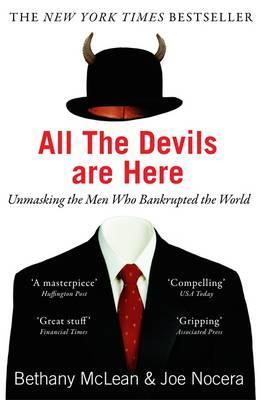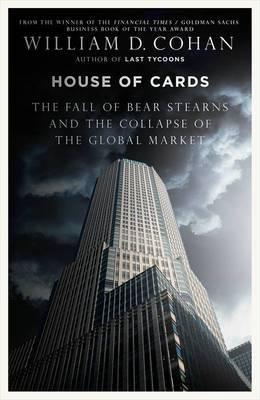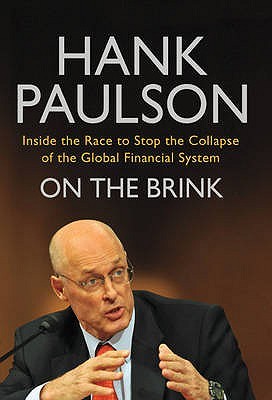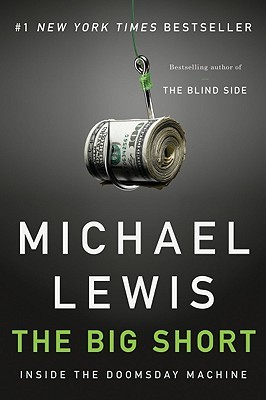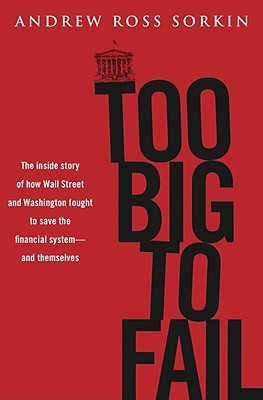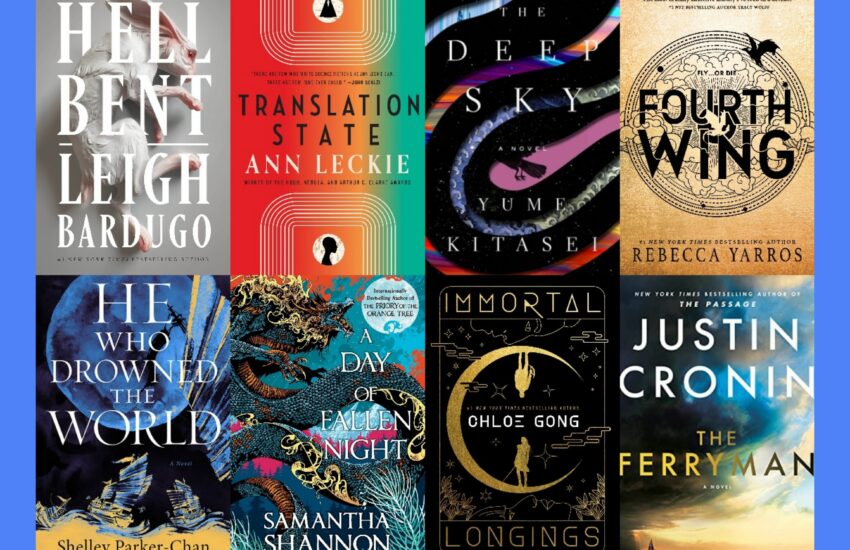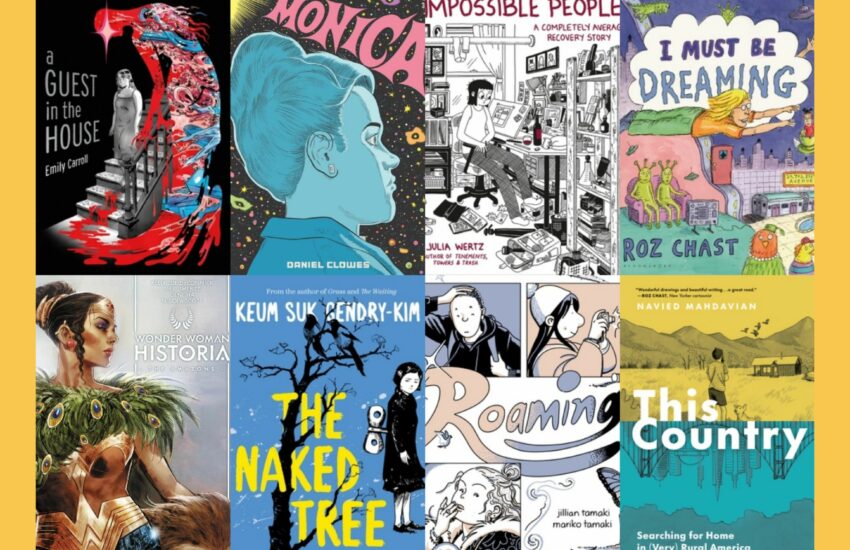Best Books To Learn About The Financial Crisis
“What are the best books to learn about the financial Crisis?” We looked at 12 lists and came away with 79 of the best books to learn about the global financial crisis.
This list came about after we created a “Best Stock Market” book list and felt a little dirty about it.
The global financial crisis in 2008 was just that, a global problem that negatively affected hundreds of millions of people lives. Some of the problems that arose were immediate while others have been more slow acting. When pressed for a cause of this worldwide problem, a large amount of the population can still only give vague answers like “The Banks”, “The Stock Market”, “Wall Street”, “Florida”, “Obama”, that are only half-right to completely incorrect.
The top 21 books below should be able to help readers understand how the financial crisis came about, who was responsible for it, the long lasting effects it had, and ways to prevent it from ever happening again. The 21 books below appeared on multiple lists and can found with quotes, images, and links to learn more/ purchase. The remaining 58 books appearing on only a single list as well as the lists themselves can be found at the bottom of the page.
Happy Scrolling!
The Best Books About The Global Financial Crisis
21 .) A Failure of Capitalism: The Crisis of ‘08 And The Descent Into Depression by Richard Posner
- NY Mag
- Salon
Posner analyzes the two basic remedial approaches to the crisis, which correspond to the two theories of the cause of the Great Depression:the monetarist―that the Federal Reserve Board allowed the money supply to shrink, thus failing to prevent a disastrous deflation―and the Keynesian―that the depression was the product of a credit binge in the 1920’s, a stock-market crash, and the ensuing downward spiral in economic activity. Posner concludes that the pendulum swung too far and that our financial markets need to be more heavily regulated.Read Richard Posner’s blog, and his latest article in The Atlantic.
20 .) Crash of the Titans: Greed, Hubris, the Fall of Merrill Lynch, and the Near-Collapse of Bank of America by Greg Farrell
- HITC
- Lfe
Based on unparalleled sources at both Merrill Lynch and Bank of America, Greg Farrell’s Crash of the Titans is a Shakespearean saga of three flawed masters of the universe. E. Stanley O’Neal, whose inspiring rise from the segregated South to the corner office of Merrill Lynch—where he engineered a successful turnaround—was undone by his belief that a smooth-talking salesman could handle one of the most difficult jobs on Wall Street. Because he enjoyed O’Neal’s support, this executive was allowed to build up an astonishing $30 billion position in CDOs on the firm’s balance sheet, at a time when all other Wall Street firms were desperately trying to exit the business. After O’Neal comes John Thain, the cerebral, MIT-educated technocrat whose rescue of the New York Stock Exchange earned him the nickname “Super Thain.” He was hired to save Merrill Lynch in late 2007, but his belief that the markets would rebound led him to underestimate the depth of Merrill’s problems. Finally, we meet Bank of America CEO Ken Lewis, a street fighter raised barely above the poverty line in rural Georgia, whose “my way or the highway” management style suffers fools more easily than potential rivals, and who made a $50 billion commitment over a September weekend to buy a business he really didn’t understand, thus jeopardizing his own institution.
19 .) Crisis Economics: A Crash Course in the Future of Finance by Nouriel Roubini and Stephen Mihm
- Lfe
- To Be Read Books
Renowned economist Nouriel Roubini electrified the financial community by predicting the current crisis before others in his field saw it coming. This myth-shattering book reveals the methods he used to foretell the current crisis and shows how those methods can help us make sense of the present and prepare for the future. Using an unconventional blend of historical analysis with masterful knowledge of global economics, Nouriel Roubini and Stephen Mihm, a journalist and professor of economic history, present a vital and timeless book that proves calamities to be not only predictable but also preventable and, with the right medicine, curable.
18 .) Fault Lines: How Hidden Fractures Still Threaten the World Economy by Raghuram Rajan
- Lfe
- The New York Times
In Fault Lines, Rajan demonstrates how unequal access to education and health care in the United States puts us all in deeper financial peril, even as the economic choices of countries like Germany, Japan, and China place an undue burden on America to get its policies right. He outlines the hard choices we need to make to ensure a more stable world economy and restore lasting prosperity.
17 .) Griftopia: Bubble Machines, Vampire Squids and the Long Con that is Breaking America by Matt Taibbi
- Global Research
- Salon
Rolling Stone’s Matt Taibbi here unravels the whole fiendish story, digging beyond the headlines to get into the deeper roots and wider implications of the rise of the grifters. He traces the movement’s origins to the cult of Ayn Rand and her most influential—and possibly weirdest—acolyte, Alan Greenspan, and offers fresh reporting on the backroom deals that decided the winners and losers in the government bailouts. He uncovers the hidden commodities bubble that transferred billions of dollars to Wall Street while creating food shortages around the world, and he shows how finance dominates politics, from the story of investment bankers auctioning off America’s infrastructure to an inside account of the high-stakes battle for health-care reform—a battle the true reformers lost. Finally, he tells the story of Goldman Sachs, the “vampire squid wrapped around the face of humanity.”
16 .) IOU: Why Everyone Owes Everyone and No One Can Pay by John Lanchester
- Salon
- The Economist
For most people, the reasons for the sudden collapse of our economy still remain obscure. I.O.U. is the story of how we came to experience such a complete financial disaster, starting with the magical proliferation of credit that led to an explosion of lending on the global and local landscapes of banking and finance. Viewing the crisis through the lens of politics, culture, and contemporary history—from the invention and widespread misuse of financial instruments to the culpability of subprime mortgages—Lanchester deftly draws conclusions on the limitations of financial and governmental regulation, capitalism’s deepest flaw, and most important, on the plain and simple facts of human nature where cash is concerned.
15 .) Reckless Endangerment: How Outsized Ambition, Greed, and Corruption Led to Economic Armageddon by Gretchen Morgenson and Joshua Rosner
- Lfe
- Salon
Morgenson and Rosner draw back the curtain on Fannie Mae, the mortgage-finance giant that grew, with the support of the Clinton administration, through the 1990s, becoming a major opponent of government oversight even as it was benefiting from public subsidies. They expose the role played not only by Fannie Mae executives but also by enablers at Countrywide Financial, Goldman Sachs, the Federal Reserve, HUD, Congress, the FDIC, and the biggest players on Wall Street, to show how greed, aggression, and fear led countless officials to ignore warning signs of an imminent disaster.
14 .) The End of Wall Street by Roger Lowenstein
- Lfe
- The New York Times
Roger Lowenstein’s The End of Wall Street unfurls a gripping chronicle of the 2008 financial collapse, drawing on 180 interviews with top government officials and Wall Street CEOs. Lowenstein looks to the roots of the crisis to reveal how America succumbed to the siren song of easy debt and speculative mortgages. Combining deep analysis with sizzling narrative, The End of Wall Street charts the end of an era of unprecedented and unwarranted optimism while looking ahead to the legacy of the bailout.
13 .) The Return of Depression Economics and the Crisis of 2008 by Paul Krugman
- Flashlight Worthy
- To Be Read Books
In this major bestseller, Paul Krugman warns that, like diseases that have become resistant to antibiotics, the economic maladies that caused the Great Depression have made a comeback. He lays bare the 2008 financial crisis―the greatest since the 1930s―tracing it to the failure of regulation to keep pace with an out-of-control financial system. He also tells us how to contain the crisis and turn around a world economy sliding into a deep recession. Brilliantly crafted in Krugman’s trademark style―lucid, lively, and supremely informed―this new edition of The Return of Depression Economics has become an instant classic. A hard-hitting new foreword takes the paperback edition right up to the present moment.
12 .) The Sellout: How Three Decades of Wall Street Greed and Government Mismanagement Destroyed the Global Financial System by Charles Gasparino
- HITC
- NY Mag
In the spirit of Barbarians at the Gate and Liar’s Poker comesThe Sellout, the definitive book on the recent collapse of Wall Street, one of the most dramatic and anxiety-ridden era in national socioeconomic history. In this powerful business narrative, Charles Gasparino, the author of Blood on the Floorand King of the Club, captures how avarice, arrogance, and sheer stupidity eroded Wall Street’s dominance, made many of our country’s most fabled financial institutions vulnerable to significant new foreign control, and profoundly weakened the financial security of millions of poor and middle-class American families.
11 .) 13 Bankers: The Wall Street Takeover and the Next Financial Meltdown by Simon Johnson and James Kwak
- Lfe
- The Economist
- The Wall Street Journal
In spite of its key role in creating the ruinous financial crisis of 2008, the American banking industry has grown bigger, more profitable, and more resistant to regulation than ever. Anchored by six megabanks whose assets amount to more than 60 percent of the country’s gross domestic product, this oligarchy proved it could first hold the global economy hostage and then use its political muscle to fight off meaningful reform. 13 Bankersbrilliantly charts the rise to power of the financial sector and forcefully argues that we must break up the big banks if we want to avoid future financial catastrophes.
10 .) Fool’s Gold: How The Bold Dream of a Small Tribe at J.P. Morgan Was Corrupted By Wall Street Greed And Unleashed A Catastrophe by Gillian Tett
- Lfe
- NY Mag
- Seeking Alpha
The deeply reported and lively narrative takes readers behind the scenes, to the inner sanctums of elite finance and to the secretive reaches of what came to be known as the “shadow banking” world. The story begins with the intense Morgan brainstorming session in 1994 beside a pool in Boca Raton, where the team cooked up a dazzling new idea for the exotic financial product known as credit derivatives. That idea would rip around the banking world, catapult Morgan to the top of the turbocharged derivatives trade, and fuel an extraordinary banking boom that seemed to have unleashed banks from ages-old constraints of risk.
9 .) Freefall: America, Free Markets, and the Sinking of the World Economy by Joseph E. Stiglitz
- Global Research
- Lfe
- The Economist
Ranging across a host of topics that bear on the crisis, Stiglitz argues convincingly for a restoration of the balance between government and markets. America as a nation faces huge challenges―in health care, energy, the environment, education, and manufacturing―and Stiglitz penetratingly addresses each in light of the newly emerging global economic order. An ongoing war of ideas over the most effective type of capitalist system, as well as a rebalancing of global economic power, is shaping that order. The battle may finally give the lie to theories of a “rational” market or to the view that America’s global economic dominance is inevitable and unassailable.
8 .) In Fed We Trust: Ben Bernanke’s War On The Great Panic by David Wessel
- NY Mag
- Seeking Alpha
- The Economist
“That was Federal Reserve Chairman Ben Bernanke’s vow as the worst financial panic in more than fifty years gripped the world and he struggled to avoid the once unthinkable: a repeat of the Great Depression. Brilliant but temperamentally cautious, Bernanke researched and wrote about the causes of the Depression during his career as an academic. Then when thrust into a role as one of the most important people in the world, he was compelled to boldness by circumstances he never anticipated.
The president of the United States can respond instantly to a missile attack with America’s military might, but he cannot respond to a financial crisis with real money unless Congress acts. The Fed chairman can. Bernanke did. Under his leadership the Fed spearheaded the biggest government intervention in more than half a century and effectively became the fourth branch of government, with no direct accountability to the nation’s voters.”
7 .) The Greatest Trade Ever: The Behind-the-Scenes Story of How John Paulson Defied Wall Street and Made Financial History by Gregory Zuckerman
- HITC
- Lfe
- The Economist
Written by the prizewinning reporter who broke the story inThe Wall Street Journal, The Greatest Trade Ever is a superbly written, fast-paced, behind-the-scenes narrative of how a contrarian foresaw an escalating financial crisis–that outwitted Chuck Prince, Stanley O’Neal, Richard Fuld, and Wall Street’s titans–to make financial history.
6 .) A Colossal Failure of Common Sense: The Inside Story of the Collapse of Lehman Brothers by Lawrence McDonald and Patrick Robinson
- HITC
- NY Mag
- Seeking Alpha
- The Economist
“In A Colossal Failure of Common Sense, Larry McDonald, a Wall Street insider, reveals, the culture and unspoken rules of the game like no book has ever done. The book is couched in the very human story of Larry McDonald’s Horatio Alger-like rise from a Massachusetts “gateway to nowhere” housing project to the New York headquarters of Lehman Brothers, home of one of the world’s toughest trading floors.
We get a close-up view of the participants in the Lehman collapse, especially those who saw it coming with a helpless, angry certainty. We meet the Brahmins at the top, whose reckless, pedal-to-the-floor addiction to growth finally demolished the nation’s oldest investment bank. The Wall Street we encounter here is a ruthless place, where brilliance, arrogance, ambition, greed, capacity for relentless toil, and other human traits combine in a potent mix that sometimes fuels prosperity but occasionally destroys it.”
5 .) All the Devils Are Here: The Hidden History of the Financial Crisis by Joe Nocera and Bethany McLean
- HITC
- Lfe
- Salon
- To Be Read Books
All the Devils Are Here goes back several decades to weave the hidden history of the financial crisis in a way no previous book has done. It explores the motivations of everyone from famous CEOs, cabinet secretaries, and politicians to anonymous lenders, borrowers, analysts, and Wall Street traders. It delves into the powerful American mythology of homeownership. And it proves that the crisis ultimately wasn’t about finance at all; it was about human nature.
4 .) House of Cards: A Tale of Hubris and Wretched Excess on Wall Street by William D. Cohan
- Flashlight Worthy
- HITC
- Lfe
- NY Mag
- Seeking Alpha
At the beginning of March 2008, the monetary fabric of Bear Stearns, one of the world’s oldest and largest investment banks, began unraveling. After ten days, the bank no longer existed, its assets sold under duress to rival JPMorgan Chase. The effects would be felt nationwide, as the country suddenly found itself in the grip of the worst financial mess since the Great Depression. William Cohan exposes the corporate arrogance, power struggles, and deadly combination of greed and inattention, which led to the collapse of not only Bear Stearns but the very foundations of Wall Street.
3 .) On the Brink: Inside the Race to Stop the Collapse of the Global Financial System by Henry M. Paulson
- HITC
- Lfe
- Seeking Alpha
- The Economist
- The New York Times
From the man who was in the very middle of this perfect economic storm, Paulson puts the reader in the room for all the intense moments as he addressed urgent market conditions, weighed critical decisions, and debated policy and economic considerations with of all the notable players-including the CEOs of top Wall Street firms as well as Ben Bernanke, Timothy Geithner, Sheila Bair, Nancy Pelosi, Barney Frank, presidential candidates Barack Obama and John McCain, and then-President George W. Bush.
2 .) The Big Short: Inside the Doomsday Machine by Michael Lewis
- HITC
- Lfe
- Salon
- The Economist
- The New York Times
- The Wall Street Journal
The real story of the crash began in bizarre feeder markets where the sun doesn’t shine and the SEC doesn’t dare, or bother, to tread: the bond and real estate derivative markets where geeks invent impenetrable securities to profit from the misery of lower–and middle–class Americans who can’t pay their debts. The smart people who understood what was or might be happening were paralyzed by hope and fear; in any case, they weren’t talking.
1 .) Too Big To Fail: The Inside Story of How Wall Street and Washington Fought to Save the Financial System from Crisis — and Themselves by Andrew Ross Sorkin
- HITC
- Lfe
- NY Mag
- Seeking Alpha
- The Economist
- The New York Times
To Be Read Books
In one of the most gripping financial narratives in decades, Andrew Ross Sorkin-a New York Times columnist and one of the country’s most respected financial reporters-delivers the first definitive blow- by-blow account of the epochal economic crisis that brought the world to the brink. Through unprecedented access to the players involved, he re-creates all the drama and turmoil of these turbulent days, revealing never-before-disclosed details and recounting how, motivated as often by ego and greed as by fear and self-preservation, the most powerful men and women in finance and politics decided the fate of the world’s economy.
Books 22-79 About The US Financial Crisis
(Appear on 1 list each)
| 23 Things They Don’t Tell You About Capitalism.” | Ha-Joon Chang | Salon |
| After the Music Stopped | Alan Blinder | The New York Times |
| Age of Greed | Jeff Madrick | The Wall Street Journal |
| And Then The Roof Caved In: How Wall Street’s Greed And Stupidity Brought Capitalism To Its Knees | David Faber | NY Mag |
| Animal Spirits: How Human Psychology Drives the Economy, and Why It Matters for Global Capitalism | Akerlof and Shiller | Lfe |
| Bailout Nation: How Greed And Easy Money Corrupted Wall Street and Shook The Economy | Barry Ritholtz | NY Mag |
| Bailout: An Inside Account of How Washington Abandoned Main Street While Rescuing Wall Street | HITC | |
| Bank Runs, Deposit Insurance and Liquidity | Diamond and Dybvig | Five Books |
| Barbarians at the Gate: The Fall of RJR Nabisco | John Helyar, Bryan Burrough | Flashlight Worthy |
| Bull By The Horns: Fighting to Save Main Street from Wall Street and Wall Street from Itself | HITC | |
| Busted: Life Inside The Mortgage Meltdown | Edmund Andrews | NY Mag |
| Chain of Blame | Seeking Alpha | |
| Credit Cycles | Kiyotaki and Moore | Five Books |
| Diary of a Very Bad Year: Confessions of an Anonymous Hedge Fund Manager | Keith Gessen | The New York Times |
| Don’t Blame the Shorts | Robert Sloan | The Economist |
| ECONned: How Unenlightened Self Interest Undermined Democracy, and Corrupted Capitalism | Yves Smith | Global Research |
| Eight Days | James B. Stewart | The New York Times |
| Fatal Risk: A Cautionary Tale of AIG’s Corporate Suicide | HITC | |
| Guaranteed to Fail: Fannie Mae, Freddie Mac, and the Debacle of Mortgage Finance | Acharya, Richardson, van Nieuwerburgh, and White | Lfe |
| How Markets Fail | John Cassidy | The Wall Street Journal |
| It Tales A Pillage: Behind the Bailouts, Bonuses and Backroom Deals from Washington to Wall Street | Nomi Prims | Global Research |
| Last Man Standing: The Ascent Of Jamie Dimon And JPMorgan Chase | Duff McDonald | NY Mag |
| Leverage Cycles and the Anxious Economy | Fostel and Geanakoplos | Five Books |
| Lords of Finance | Liaquat Ahamed | The Economist |
| Manias, Panics, and Crashes: A History of Financial Crises | Robert Solow, Robert Aliber, Charles P. Kindleberger | Flashlight Worthy |
| Private and Public Supply of Liquidity | Holmstrom and Tirole | Five Books |
| Slapped by the Invisible Hand: The Panic of 2007 | Gorton | Lfe |
| Standard and Poor’s Guide to Money and Investing | Kenneth Morris, Virginia Morris | Flashlight Worthy |
| Street Freak: Money and Madness at Lehman Brothers’ | HITC | |
| The Alchemists: Three Central Bankers and a World on Fire | Neil Irwin | The New York Times |
| The Creation and Destruction of Value | Harold James | The Economist |
| The Devil’s Casino | Vicky Ward | The Economist |
| The End Of Normal’ – The Stigma Of Being A Madoff | HITC | |
| The Essays of Warren Buffett: Lessons for Corporate America, Second Edition | Warren E. Buffett, edited by Lawrence A. Cunningham | Flashlight Worthy |
| The Financial Crisis and the Free Market Cure | John A. Allison | The Wall Street Journal |
| The Financial Crisis: Who is to Blame? | Howard Davies | Global Research |
| The Global Economic Crisis: The Great Depression of the XX1 Century | Michel Chossudovsky and Andrew Gavin Marshall | Global Research |
| The Grapes of Wrath | John Steinbeck | Flashlight Worthy |
| The Great American Stickup.” | Robert Scheer | Salon |
| The Great Crash of 2008 | Garnaut and Llewellyn-Smith | Lfe |
| The Great Crash, 1929 | J.K. Galbraith | The Economist |
| The History of the Standard Oil Company | Ida M. Tarbell | Global Research |
| The Looting Of America: How Wall Street’s Game of Fantasy Finance Destroyed Our Jobs, Pensions and Prosperity And What We can Do About It | Les Leopold | Global Research |
| The Millennium Trilogy | Steig Larsson | Global Research |
| The Myth of the Rational Market | Justin Fox | The Economist |
| The Origin of Financial Crises: Central Banks, Credit Bubbles, and the Efficient Market Fallacy | George Cooper | Flashlight Worthy |
| The Pecora Investigation: Stock Exchange Practices and The Causes of the 1929 Stock Market Crash | Global Research | |
| The Pirates of Manhattan: Systematically Plundering The American Consumer and How To protect Yourself Against It | Barry James Dyke | Global Research |
| The Price of Inequality: How Today’s Divided Society Endangers Our Future | Joseph E. Stiglitz | To Be Read Books |
| The Prudential Regulation of Banks | Mathias Dewatripont and Jean Tirole | Five Books |
| The Rise and Fall Of Bear Stearns’ | HITC | |
| The Road to Financial Reformation | The Economist | |
| The Squam Lake Report: Fixing the Financial System | Lfe | |
| The Subprime Solution: How Today’s Global Financial Crisis Happened and What to Do About It | Shiller | Lfe |
| The Two Trillion Dollar Meltdown | Charles Morris | Seeking Alpha |
| The Way We Live Now | The Economist | |
| The Zeroes: My Misadventures in the Decade that Wall Street Went Insane | Randall Lane | Global Research |
| This Time Is Different: Eight Centuries of Financial Folly | Reinhart and Rogof | Lfe |
| When Genius Failed: The Rise and Fall of Long-Term Capital Management | Roger Lowenstein | Flashlight Worthy |
The Best Financial Crash Book Lists
| Source | Article |
| Five Books | Eric Maskin recommends the best books on Economic theory and the financial crisis |
| Flashlight Worthy | Understanding the Financial Crisis |
| Global Research | The Best Twelve Book on the Global Financial Crisis |
| HITC | The 15 Best Books About The Financial Crisis |
| Lfe | Reading About the Financial Crisis: A 21-Book Review |
| NY Mag | The Financial-Crisis Lit Cheat Sheet |
| Salon | Reading the financial crisis |
| Seeking Alpha | The Best Books on the Financial Crisis |
| The Economist | Post-crisis reading |
| The New York Times | Financial Crisis Reading List |
| The Wall Street Journal | Five Books on the Financial Crisis |
| To Be Read Books | 5 Books about the Financial Crisis and the Economic Aftermath |
